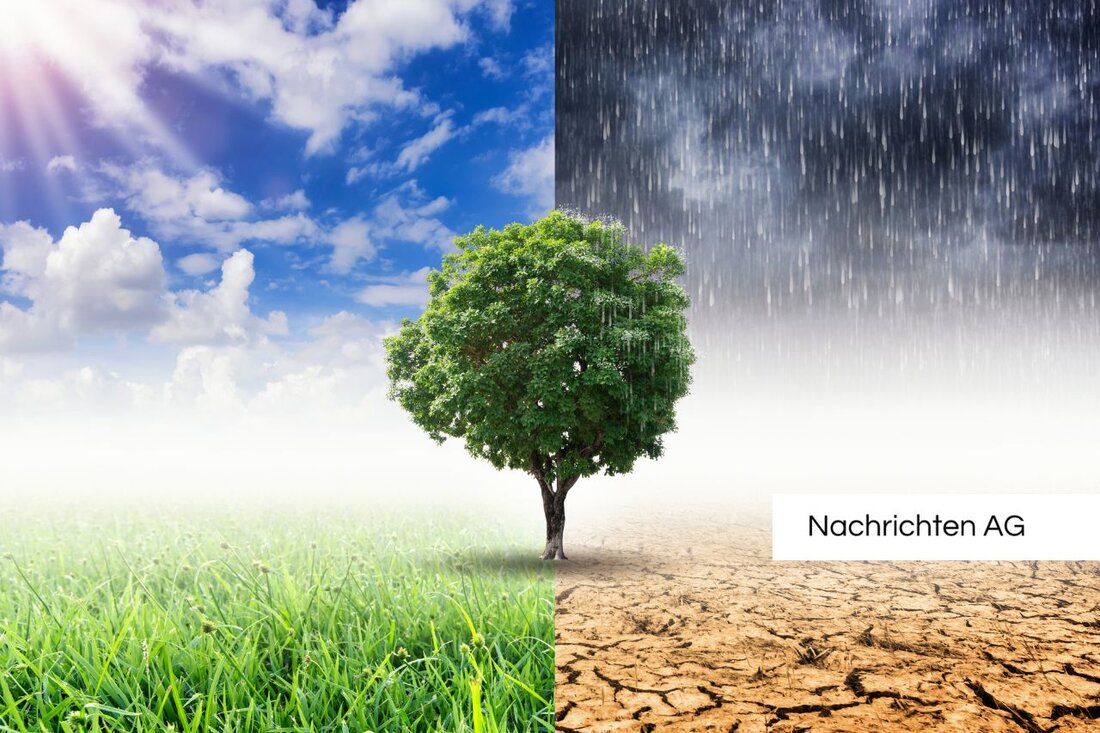Austria on the way to energy freedom: This is how it works!
Austria on the way to energy freedom: This is how it works!
Austria is at a crucial turning point in the development of its energy supply. Katharina Rogenhofer, director of the Context Institute for Climate Provisies, emphasizes that the country no longer has to depend on expensive energy imports from dictatorships. An efficient and affordable switch to clean energy is considered necessary to ensure self -sufficiency. This requires targeted measures that aim at a sustainable energy future.
A central point is the targeted expansion of renewable energies, especially wind power. According to the Renewable Expansion Act (EAG), an increase in generation capacities by 27 TWH is planned by 2030. Currently, 85 percent of Austrian electricity already comes from renewable sources such as hydropower, wind power and photovoltaics. This shows significant progress on the way to energy freedom and to reduce the dependence on fossil fuels that currently make up for 42 percent of the heat requirement.
new technologies for energy future
The expansion of networks and storage is of essential importance. The existing power grids are often not designed for decentralized electricity generation and reach their limits. Therefore, modernization of the network infrastructure is necessary to avoid network instabilities. Technologies such as Smart Grids, which are already being developed in Austria, play an important role here. They enable the intelligent control of the energy distribution and contribute to increasing energy efficiency and supply security. Rogenhofer emphasizes that real-time information through sensor and smart meter data as well as dynamic electricity prices can help relieve the networks and reduce costs.
Another important aspect is the electrification of all sectors, including industry, transport and space heat. This step is not only made more efficient, but also cheaper. A higher electrification lowers the per capita costs and significantly increases the flexibility of the system. To achieve this, innovation and research needs for smart energy systems are essential. As the Strategic Research Agenda states, the focus must be on the development of an integrated infrastructure that focuses on renewable energies.
The way to renewable energy communities
Austria is already a pioneer in implementing renewable energy communities that enable households access to affordable energy. In order for consumers to become active actors from passive consumers at the energy market, hurdles for own electricity production must be broken down. Guarantees for long -term direct current contracts should make access to inexpensive renewable energies in particular.
The existing challenges and the need for new technologies also create potential for community -based initiatives and new business models. Stadtwerke have already developed to operate multifunctional infrastructure that focuses on renewable energies and digitization of the energy networks. With over 50 percent of the final energy requirement that is eliminated, technologies such as heat pumps and district heating are crucial for the replacement of fossil fuels and for decarbonization in urban rooms.
The vision for the 2050 energy system in Austria aims at an integrated infrastructure with a high proportion of renewable energies, and the Federal Ministry of Transport, Innovation and Technology supports the development and implementation of strategies in order to achieve these goals. Innovation projects and international research activities are to be promoted through workshops and cooperation. Austria has the potential to take on a pioneering role in the area of sustainable energy supply and thus make a decisive contribution to the global energy transition.
oekonews.at reports that ...
Ey.com emphasizes that ...
Energy-innovation-austria.at supports the vision that ...
| Details | |
|---|---|
| Ort | Österreich |
| Quellen | |


Kommentare (0)